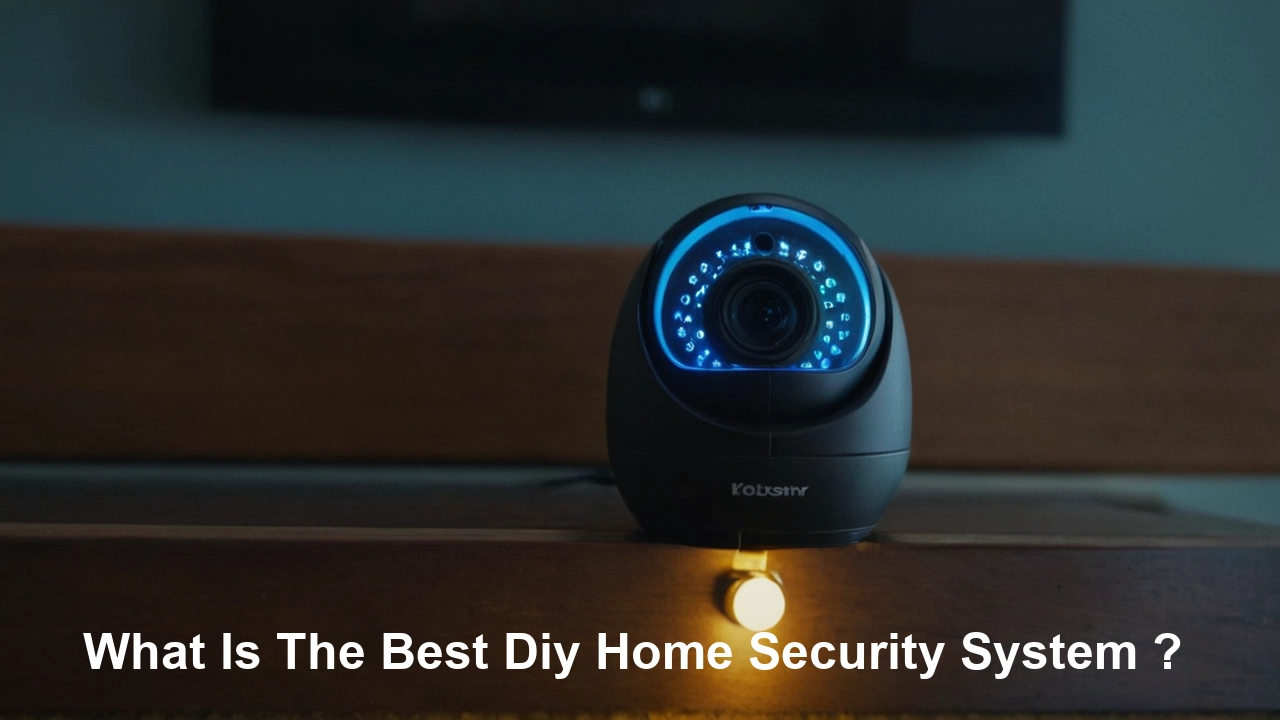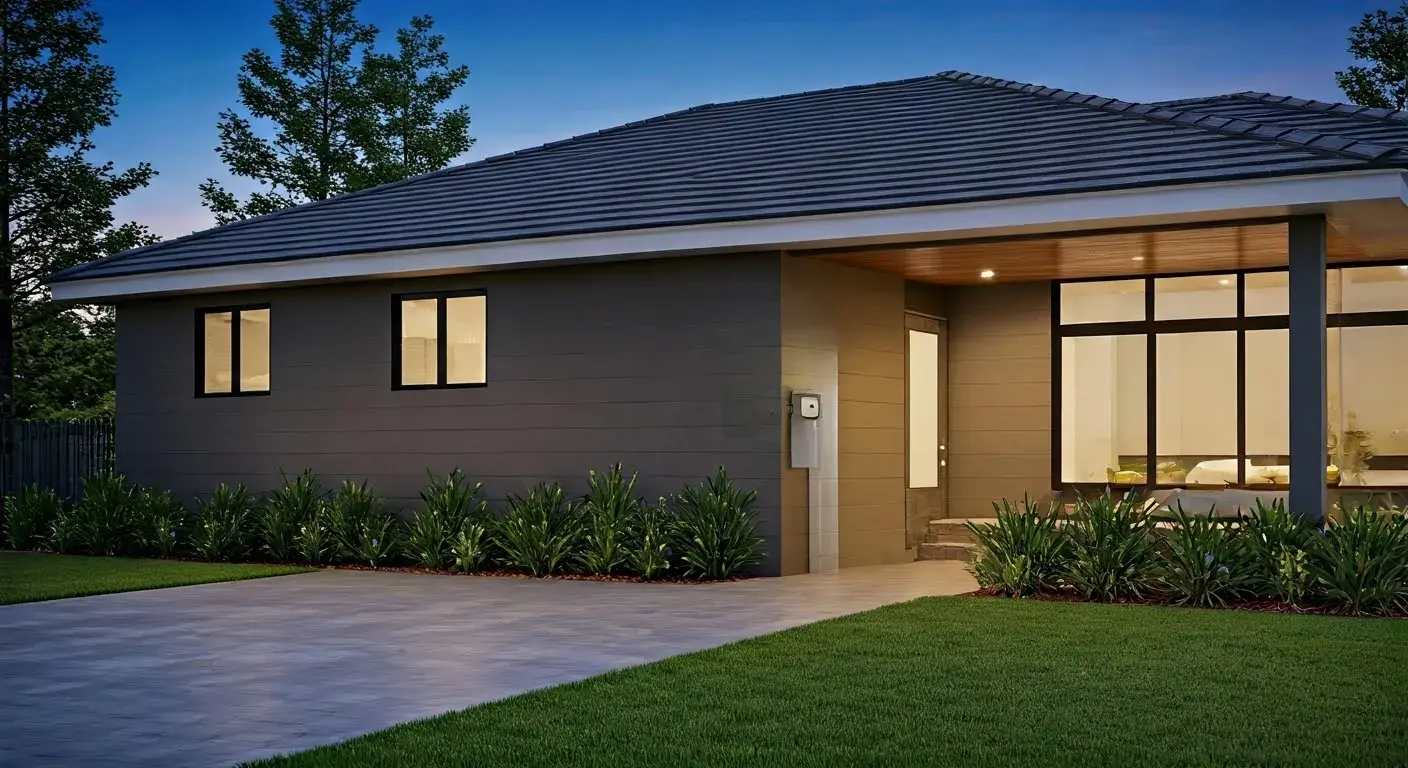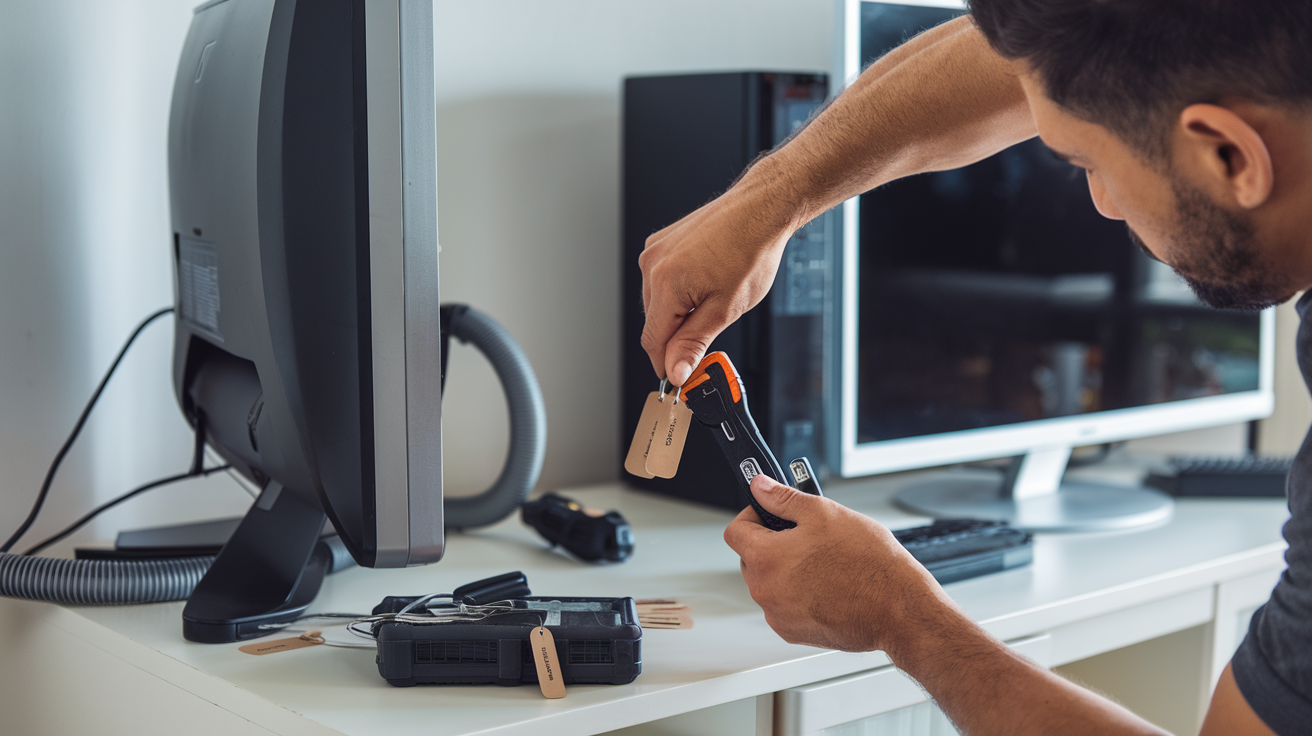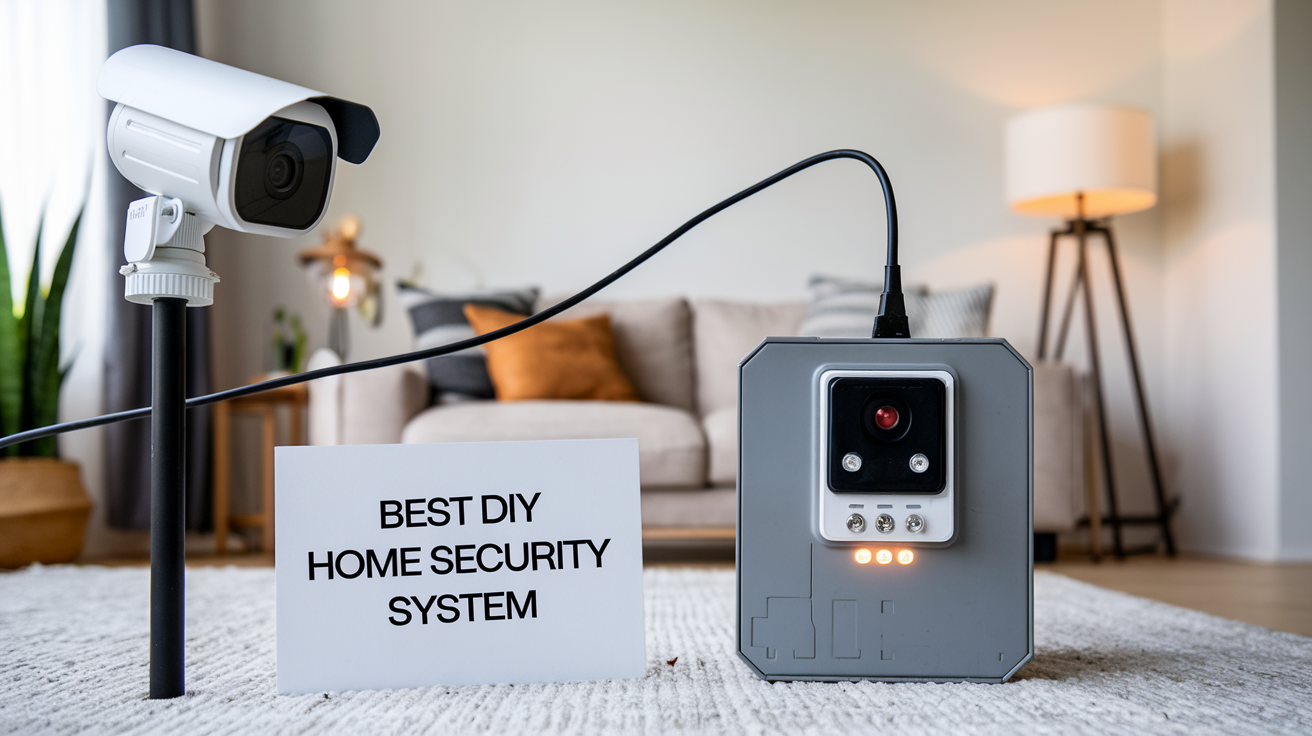Self-Installation: Everything You Need to Know About DIY Home Security Systems Home security is one of the most effective ways of preventing burglaries in your home and having a home security system installed is one of the best ways to achieve this. DIY systems are relatively cheap, easy to install and use, and have a higher level of adaptability. The good news is that you do not need to be an expert in mechanics or electronics; all you need are some simple tools and sufficient knowledge to install sensors, cameras, alarms, and other devices according to your specific requirements.
This article gives details of what a prospective buyer of a DIY system should look out for, what is compulsory, and what is optional. We will also suggest the best DIY kits that will assist you in the process of protecting your home.
Basic Elements of a Do-It-Yourself Home Security System Central Hub/Control Panel Some of the features include the central hub or control panel which is the main connection point to the rest of the security devices and enables you to activate, deactivate, and even monitor the system. Choose a wireless model so that you can put the sensors everywhere without having cables. Some important features include Wi-Fi connectivity that allows the user to control the system remotely using a smartphone app, battery, or cellular connectivity for backup in case of a power surge and compatibility with other smart home systems.
Sensors Pir sensors capture any movement and you are warned of the presence of an intruder. Position them in corridors and any other strategic areas inside the building like corridors. Open/close sensors are installed on doors and windows and if any of these are opened an alarm is triggered. They include water and freeze sensors that detect water leaks or freezing temperatures inside the house when the owners are out.
Cameras Indoor and outdoor security cameras allow you to monitor it visually. Options such as night vision, real-time mobile alerts, and HD video add resolution. Some options require connecting cameras to the control panel for ease of operation.
Alarms Burglar alarms are among the alarms that produce sound to the intruder to make him or her stop. It is also crucial to have alarms that can be set both indoors and outdoors, which can wake neighbors to prevent burglars from breaking in. Some of the control panel hubs have integrated alarms or what is referred to as a ‘buzzer’. You can also install a standalone outdoor siren for enhanced coverage.
Optional Add-Ons Here are some extras to consider to enhance your basic system: Here are some extras to consider to enhance your basic system:
Panic Buttons: These let you sound the alarm whenever you feel endangered. It comes in wall-mounted or wearable type. Smoke/CO Detectors: These are important in the safety of our homes as they help in detecting fires and poisonous carbon monoxide gas. Different models with wireless connectivity are easy to integrate with other security systems. Smart Locks: Keyless deadbolts provide the flexibility of access control. When integrated with the security system, they can open for known members of the household and close when the security system is activated. Security Signage: Signs that your house is secure could assist in preventing criminals from targeting your home. The location of signs should be strategic so that they are easily noticeable throughout your compound.
Best DIY Security Brands and Kits Now that you know the main components, explore some of the best DIY options on the market: Now that you know the main components, explore some of the best DIY options on the market:
SAMSUNG SmartThings SmartThings is Samsung’s easily expandable, wireless smart home and security system. The huge range of first-party sensors, hubs, cameras, and devices allows for comprehensive whole-home control. Ring Protect Plans provide professional monitoring of the devices. Starter kits contain all the hardware you need and come in one package for your convenience.
Ring Alarm Security Kit Ring Alarm makes professional security affordable and easily accessible. This gives complete security coverage of entryways and comes with a base station, keypad, contact sensor, motion detector, and range extender. They argued that one should merely add cameras to allow for visual verification. Protect Plus plan of Ring that includes professional monitoring, extended warranty, and other features.
Abode DIY Starter Kit This is a complete package that can form a basis for developing into a full smart security solution. The starter set includes a gateway hub, motion sensor, door and window sensors, a key fob, and other devices to identify intruders. Connect the Link Abode with other smart devices and then use automation depending on the triggers of the sensors.
It is known as the SimpliSafe 12-Piece Wireless Home Security System. Now, to compare the main features and qualities of the SimpliSafe home security system, it is crucial to know that the company stands out in terms of the setup process and the ease of using the security devices. It has entry, motion, and environmental sensors, a control panel, a siren, and a yard sign all inclusive in this kit. Its activation is fast and can be done through the SimpliSafe app. Police, fire, and emergency dispatch are also part of no-contract professional monitoring.
Putting up Your Home Security System Read the installation guide in detail to understand the correct positioning and configuration of devices. Here are some best practices to follow: Here are some best practices to follow:
-
This control panel should be mounted in a central, concealed area with a power connection and the wifi network nearby.
-
Install entry sensors on all exterior doors and ground floor windows to cover the entire perimeter of the house.
-
Install motion detectors inside main interior rooms, do not place them near sources that may cause false alarms, such as air vents.
-
Indoor cameras should be placed at strategic entry and exit points, living areas, and any other area with valuable items.
-
Cameras outside the house should be placed near the doors and outside the compound in the yard. Point them to capture those approaching and moving around the compound.
Conclusion A do-it-yourself security system is one where you can take charge of the security of your home. Modern choices provide an opportunity to have a professional level of monitoring at a relatively low price. It is therefore important to dedicate some time to learn the essentials, and then find an appropriate system that is within your capacity and financial capabilities. And with the use of smart sensors, cameras, and software, you can easily prevent criminal activities, and thus, have more security.
-
Protect your home today with ADT’s top-rated security solutions!
Call now at +1 877-470-7879 to get a free consultation and find out how you can secure your home with the best in the business. Don’t wait—ensure your peace of mind with ADT!






